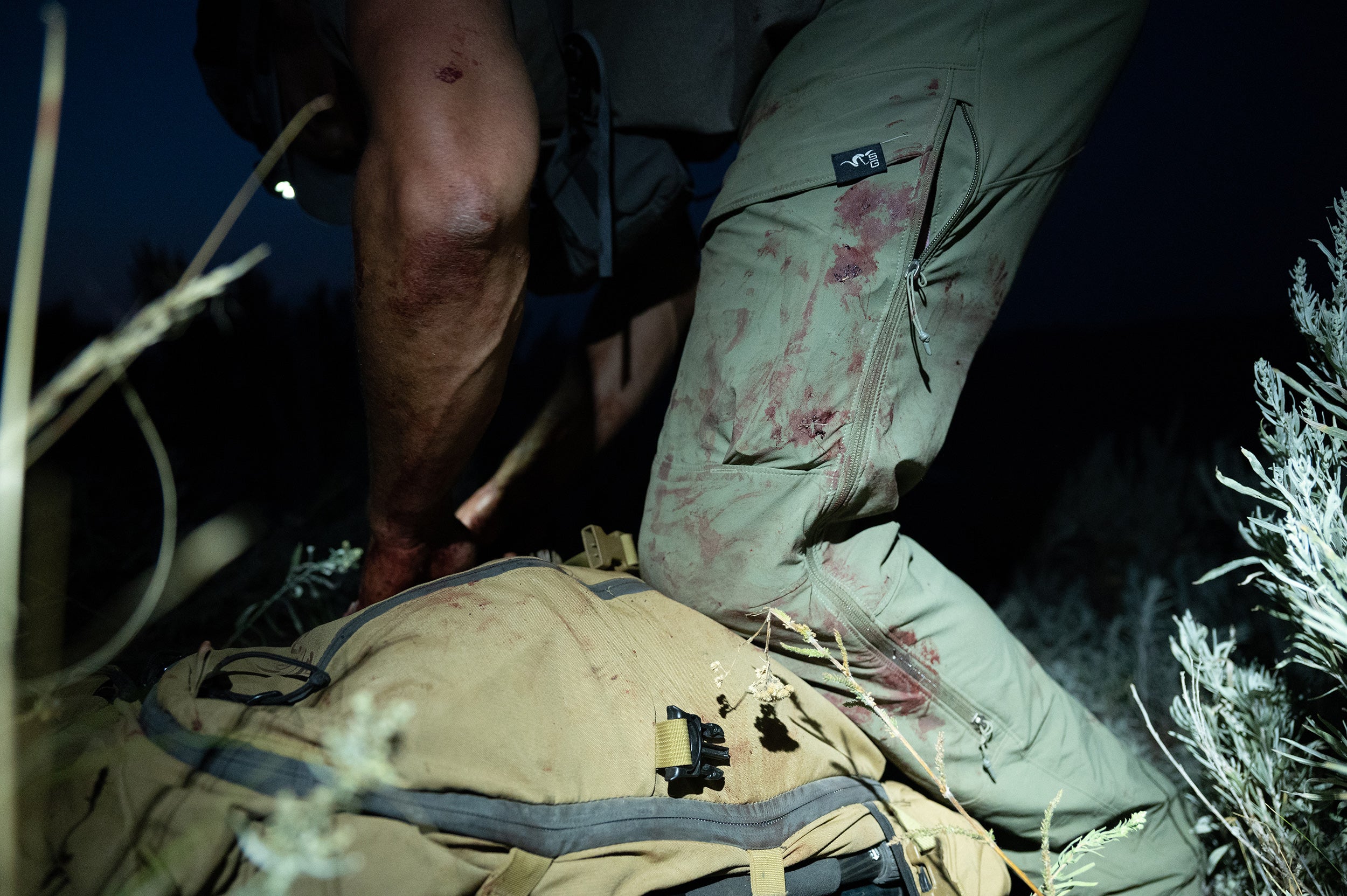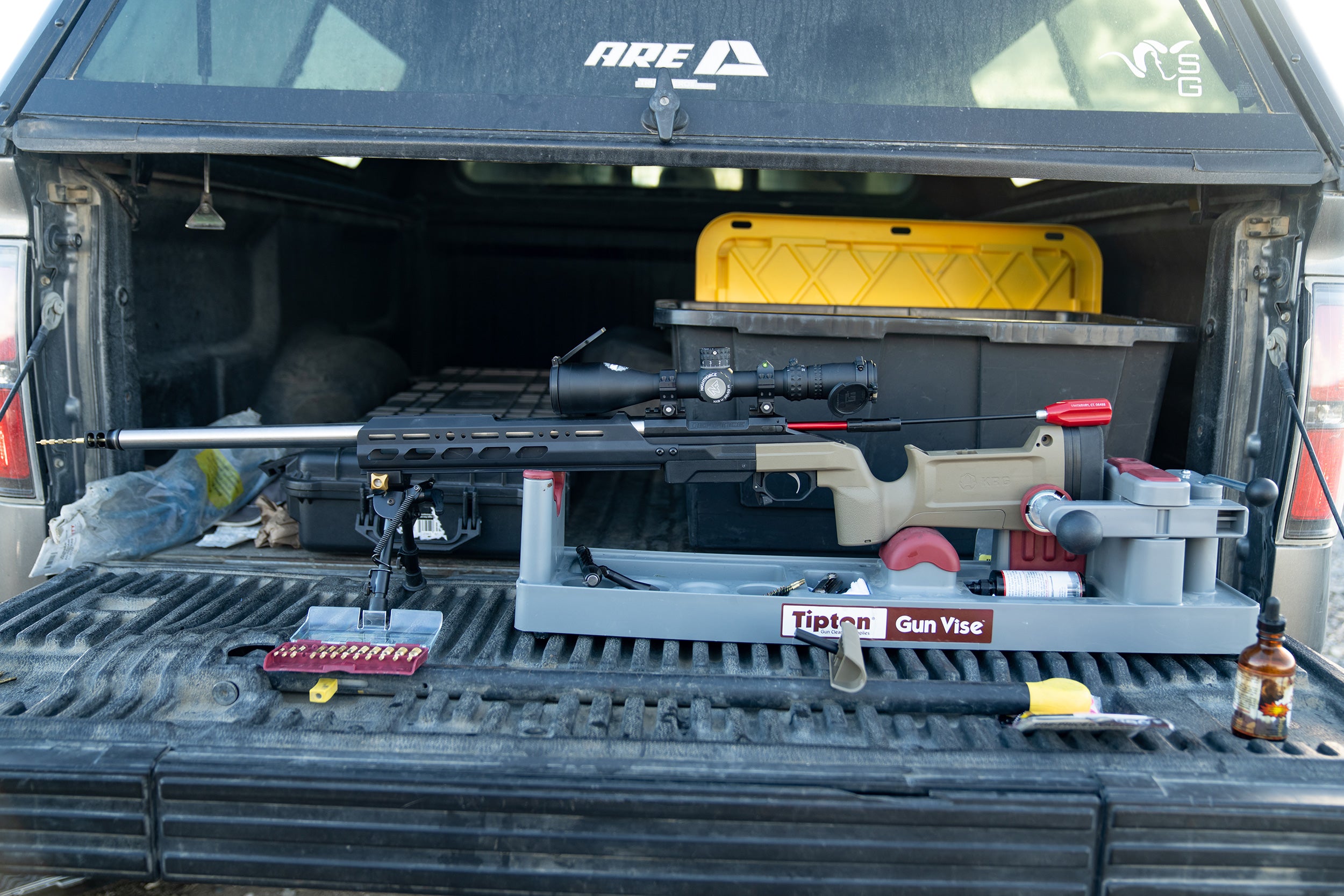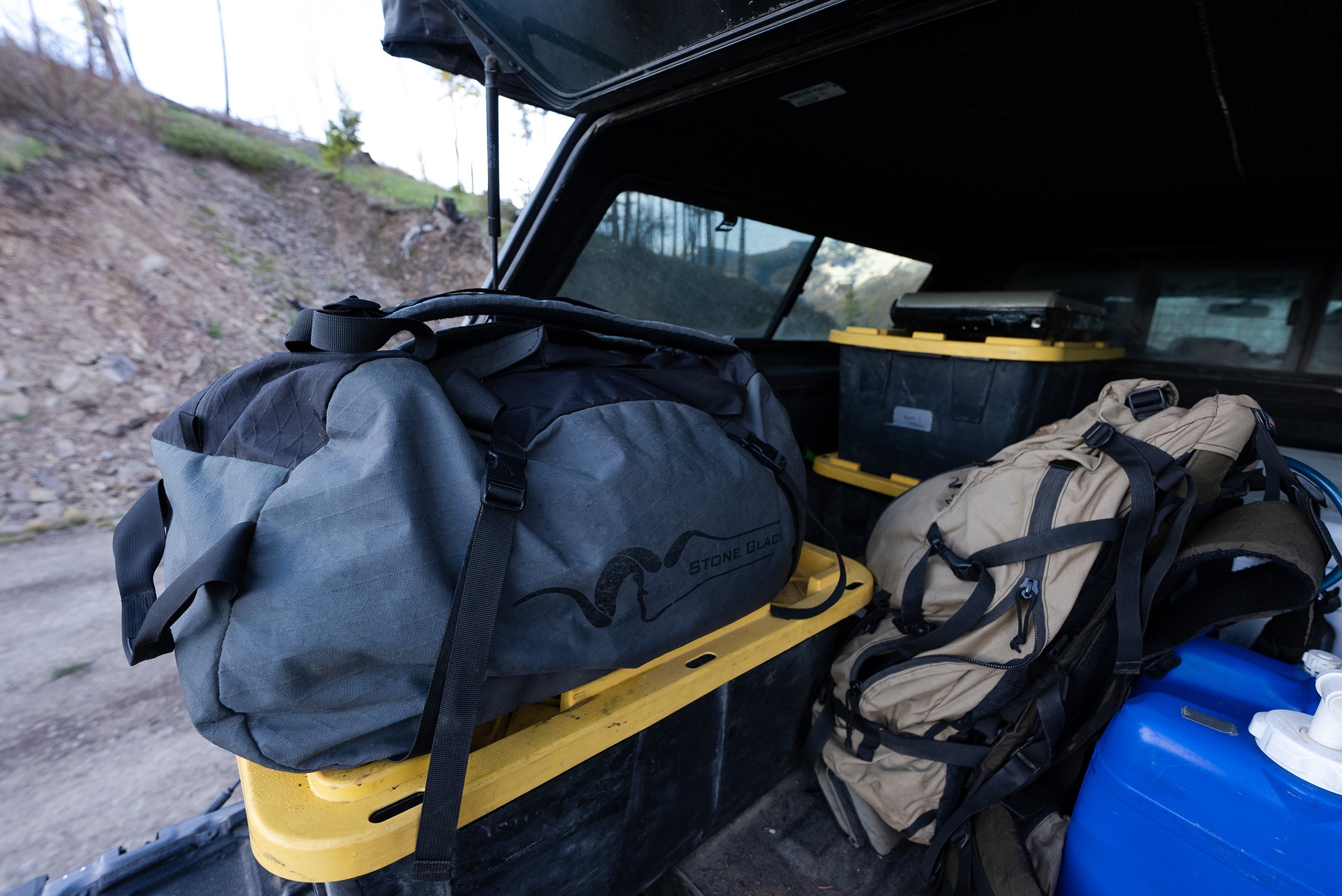Off-Season Gear Care
All good things must end, and hunting seasons are no exception. The good news is, they return every year. If you put your hunting gear through the wringer in the fall (and we hope you did), it’s bound to need a little TLC. We put together an off-season to-do list to help your gear last longer and perform like the first day you wore it. So get some venison chili on the stove, and take the time to clean, repair, and store your gear properly.
Clean It
At season’s end, some of the sweat, dirt, blood, and guts from those days and weeks you spent in the backcountry hitched a ride home on your gear. Before you pack it all away, take some time to clean it, and be sure that you clean it properly. Not every piece of gear gets the same treatment.

Clothes like base layers and mid-layers should be washed in their own load, preferably in a washing machine that has been cleaned of residual detergent. To wash, simply use a fragrance-free, technical gear-specific cleaner like Revivex or Grangers. You can also simply use a ½-cup of baking soda. You don’t want to use sweet-smelling detergents, especially if they have UV brighteners. Once clean, hang the gear outside to dry or use a drying rack away from the kitchen and that pan of frying bacon.
Don’t be afraid to wash your M5 and M7 series rain gear. Dirt and oils can contaminate the waterproof membrane, and a proper wash and dry reinvigorates the DWR treatment. Check out our short video tutorial for the specifics of washing M5 and M7 gear:
For down products like the Grumman Down Series and Chilkoot Sleeping Bags, we do not recommend washing them unless it’s absolutely necessary. Excessive washing can permanently damage the down insulation. We recommend spot-washing your bag and your Grumman down products with a rag and down-specific cleaner.

If you need to wash an item from the Grumman series, we produced a video for that. If you need to wash your down sleeping bag, watch that multi-step process here. NOTE: DO NOT WASH ANY DOWN GEAR IN A WASHING MACHINE WITH A CENTER AGITATOR AS IT CAN PERMANENTLY DAMAGE THE PRODUCT.
If you notched a tag or two, your pack will likely have a bit of a funk to it, which is normal. But you don’t want your pack to marinate in that blood and dirt until spring bear season. The process of cleaning a pack is simple and straightforward, and it will also help your pack perform better (especially the zippers) as well as extend its life. We put together a quick pack-cleaning tutorial to help you scrub the stank out of your SG pack:
Don’t neglect other gear in your arsenal, like rifles, bowstrings, knives, and boots. Clean your rifle until the patches come out clean, and run one last lightly oiled patch through the barrel to prohibit rust. Store it with the barrel pointing to the floor so any excess oil runs out the end and not into the action. To clean your optics, don’t use the bottom of your shirt. Use an air duster to lightly remove debris, then use an optics-grade cloth to polish and clean the glass.

Clean your knives and sharpen them so they’re always ready for action. Scrub your boots, dry them, and give them a nice coat of oil before putting them away. If you need new inserts or laces, buy them now while you have the time. We all know how busy spring, summer, and fall can get. Replenish your kill kit with new rubber gloves, fresh blades, and anything else you used in the field. Hopefully, you didn’t throw your bloody game bags in a pile in the garage. If you did, put them in a five-gallon bucket of water, add a few drops of Dawn or other degreasing soap and a small capful of bleach then let them soak for a few hours or even overnight. With fresh water, rinse all the hair, blood, meat bits, and soap from the bags and let them air dry.
Last but not least, give that bowstring some wax before the spring archery league begins.
Repair It
Gear is going to break occasionally. Our advice is to fix it ASAP. Don’t wait until next fall to fix a broken buckle, busted tent pole, or gash in your down coat. Chances are, you’ll be more focused on getting out of town than repairing your gear, so fix it now. We already put together a how-to on gear repair, and you can check it out here. In it, we line out how you fix broken poles, patch holes, and maintain your zippers for uncompromising performance.
Store It
You invested in your gear, and it just makes sense to pack it away safely. Ideally, you have a dedicated gear room or closet in the basement. If you live somewhere humid, the garage is not an ideal spot to store your gear. Moisture is the enemy. Make sure everything is dry before you pack anything away for the next eight months.

Rubbermaid storage bins are a great way to store technical hunting apparel. Take it a step further and store your clothes in vacuum-sealed garment bags. While it might help with scent elimination, vacuum sealing is a huge space saver, allowing you to really pack those bins. If you have the space, hang up your down sleeping bag — that’s why there are loops at the foot of the bag. If space is tight, put it in the large sack that came with it. Whatever you do, don’t leave it in a stuff sack or compression sack for a long period of time, which compresses the down and can create permanent damage.
After you get everything cleaned and tucked away for those long winter days, spring bear season will be here before you realize it. When you head to the gear closet to load up for an impromptu weekend in the mountains to chase the snowline, your gear will be clean, repaired, and up to the task.

